Challenge Climate Change
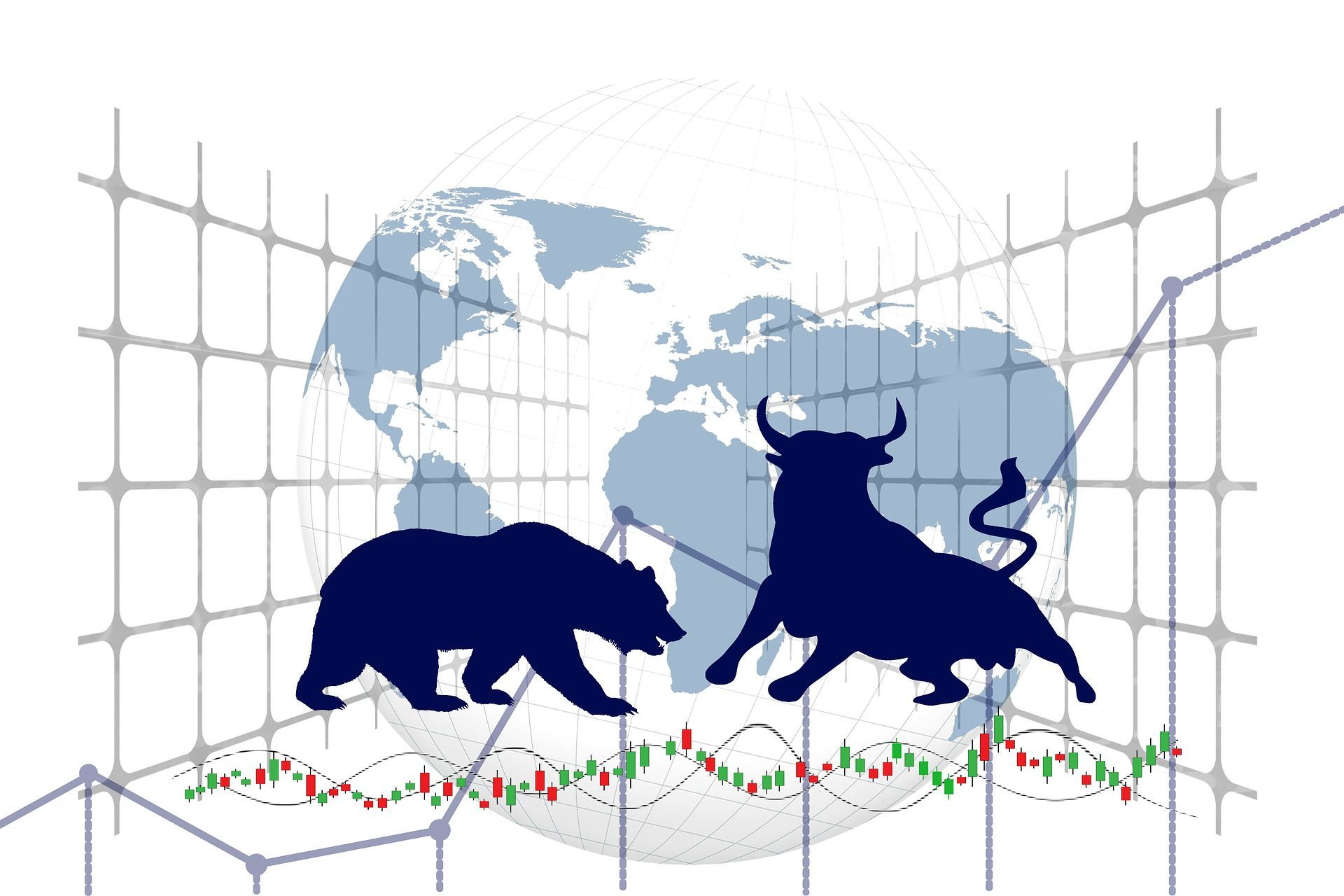
The more people who invest in markets based on sustainable development, the more possible winners there could be - the people who could earn ethically good money. The more people who will stay in the old unsustainable economies, the more people who possibly could lose money. Here some possible links ... ... ...
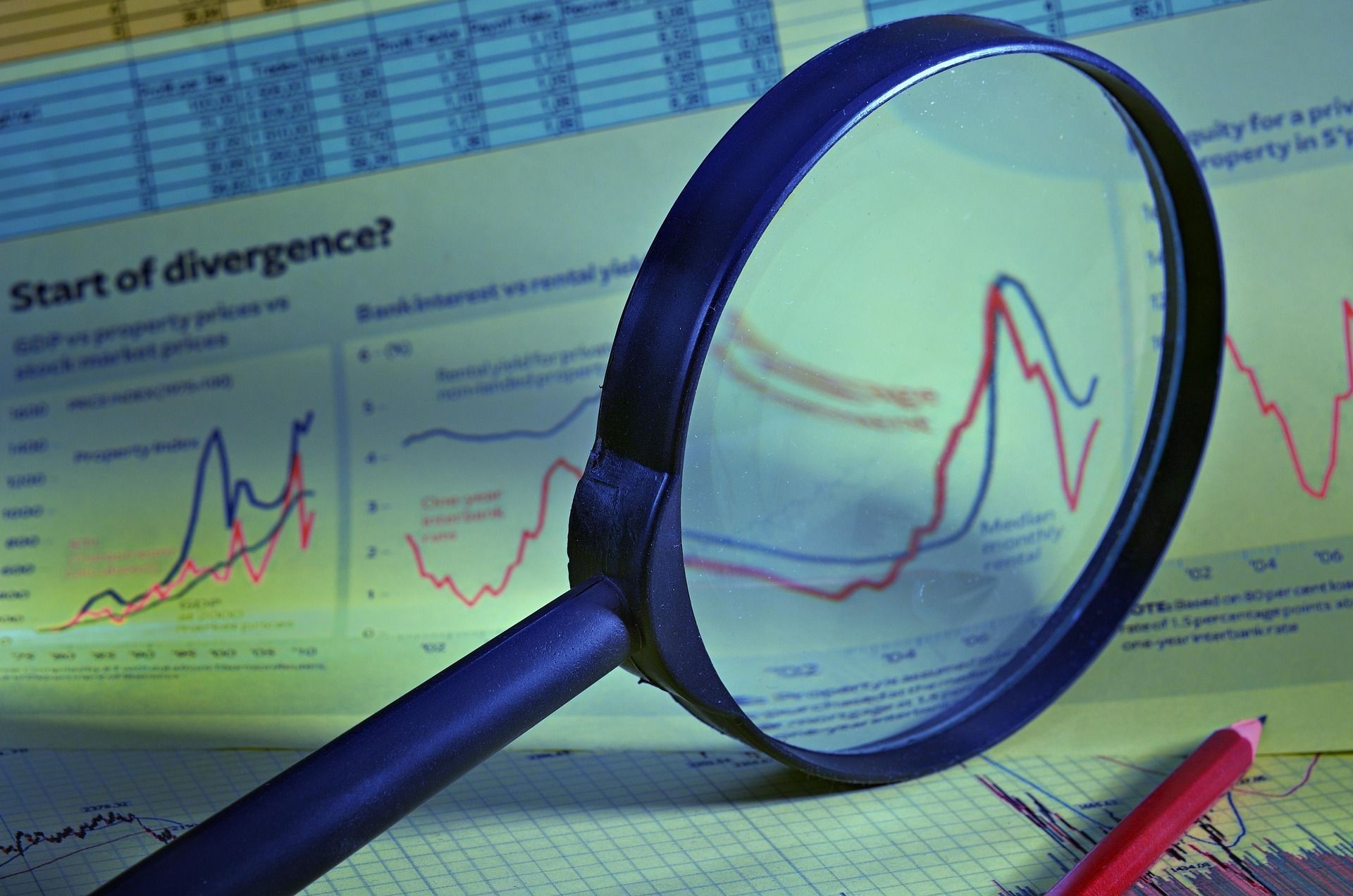
Market failure is a term of economic science. In simple words it describes that a price does not contain the real costs or that there is no price for something, when there should be a price. There are two main cases when a price is in principle wrong.One case are public goods like air or oceans that can be used by ...
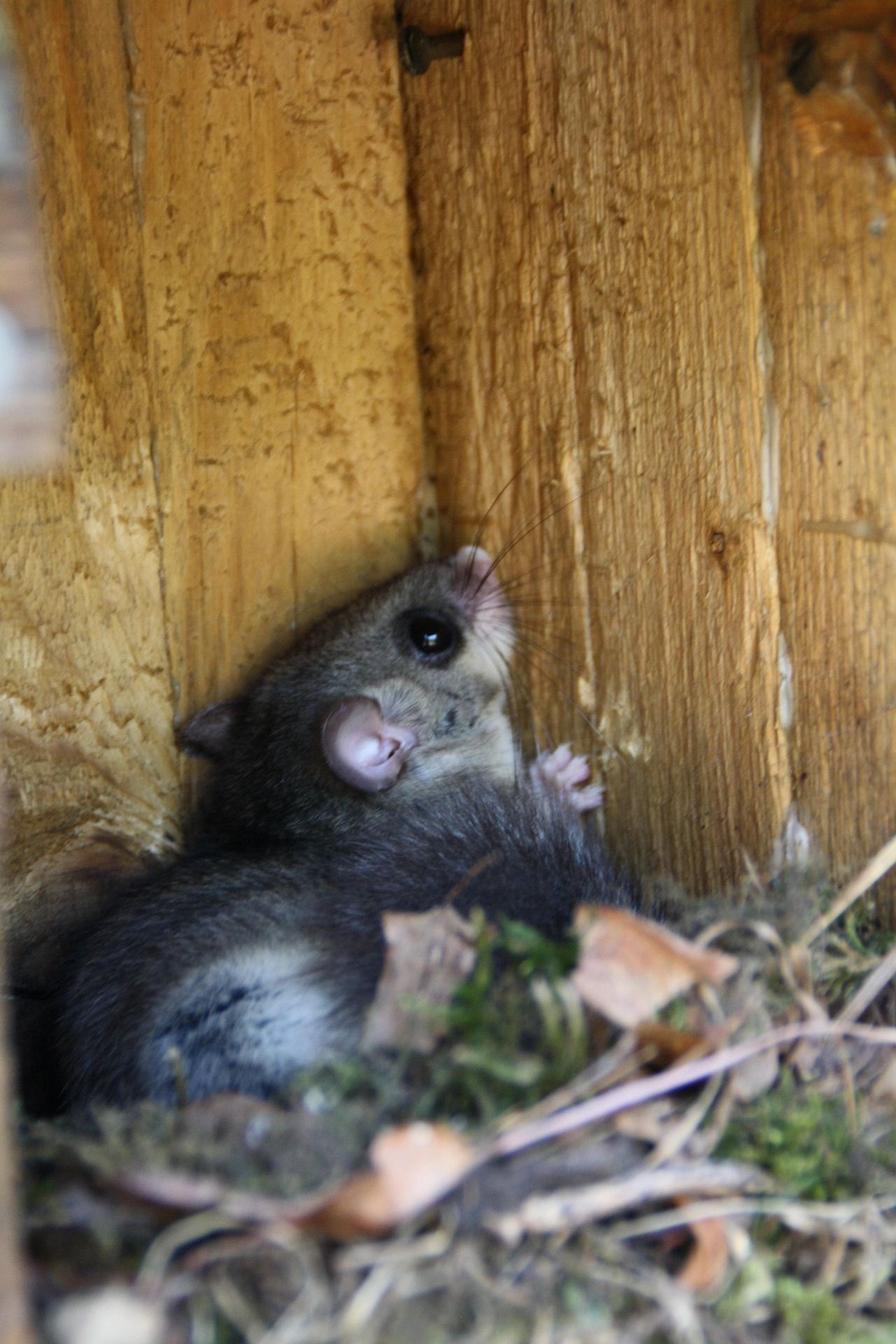
This night active species belongs to the family of Gliridae (German: Bilche)
Other family members are the “Gartenschläfer” (garden dormouse), the “Haselmaus” (hazel dormouse) and the “Baumschläfer” (engl. tree sleeper). They belong to the ordinance of Rodentia like rats and mice. The creature is around 13 – 18 cm long. Its food is vegetables, seeds and insects. Sometimes birds are eaten too. In Europe the species can be found in forests, vegetable gardens and buildings near to forests. They are in part endangered or critically endangered according to the IUCN Red List. The German name “Siebenschläfer” goes back to the usually seven months of hibernation from around October to May. It has around 3 to 6 offspring per year. In forests the species can “damage” younger trees, because of eating the bark. That “damage” can be mistaken with nutritional traces of squirrels. Two times I found a garden dormouse (Eliomys quercinus) on a lawn caught and killed by a cat. Some possible links
...
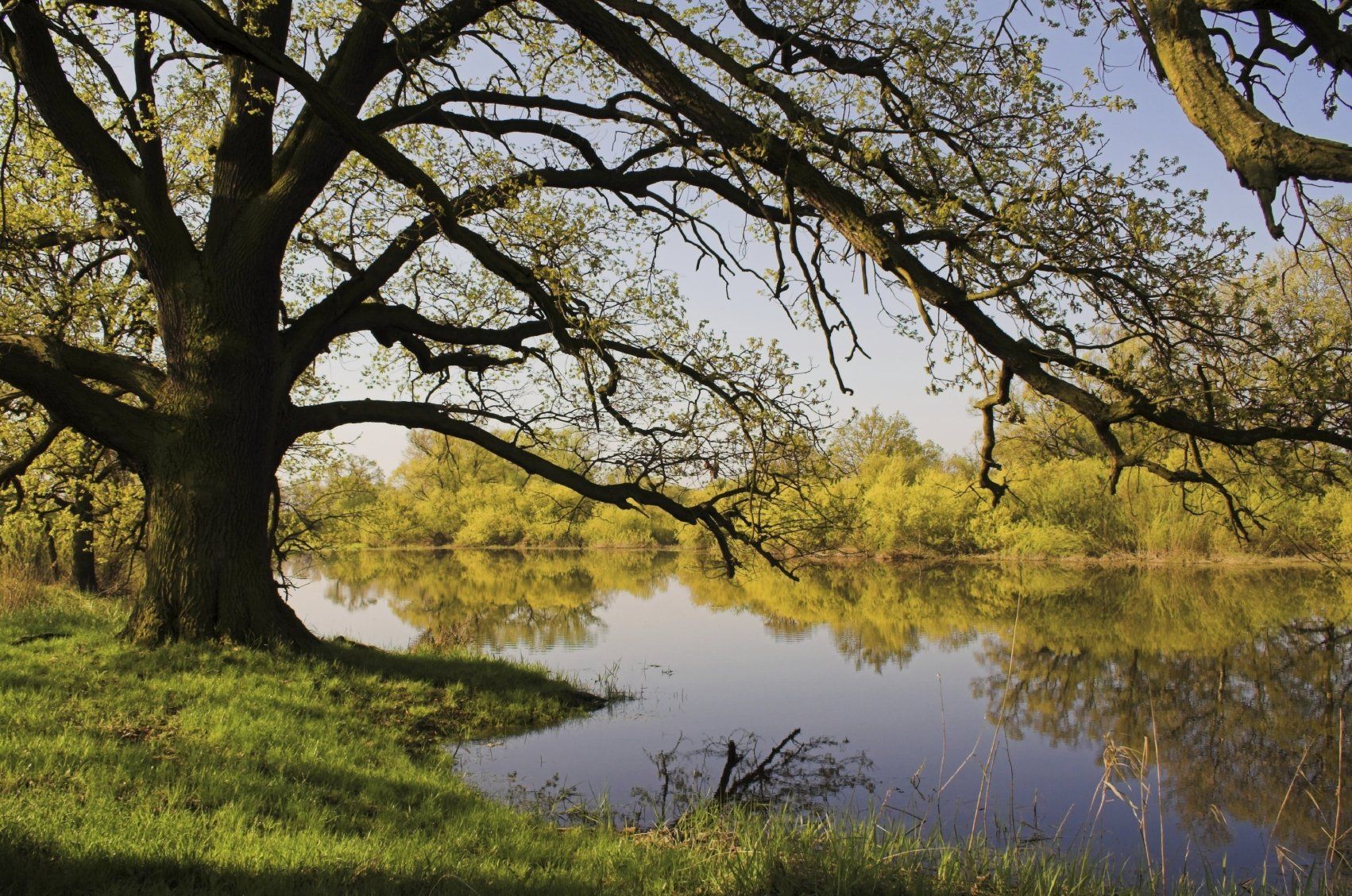
In general trees are good for the environment and for us.
Not every tree species delivers the same. For instance, a Plane tree (e.g. Platanus acerifolia, german: Platane) in middle Europe has a lower possible basis for biodiversity as an Oak; like Quercus petraea (german: Traubeneiche) or Quercus robur, (german: Stieleiche).
Some of the possible advantages of trees are:
• Sequestering carbon from the surrounding air by producing oxygen via photosynthesis during the vegetation period
• Improving the micro-climate
• Reducing the windspeed
• Lower evaporation
• Lower erosion
• Delivering shadow
• Reducing the local temperature
• Pumping nutrients and water from deeper soil
• Improving the water balance
• Deciduous trees/ broadleaf trees deliver nutrients to the soil when the leaves have fallen
• Improving the local biodiversity, depending on the tree species and the local conditions, e.g. for birds, insects, fungi, mammals, plants, others like e.g. in mangroves
• Protection of climate extreme events
• I... ... .

On a planet with limited dimensions and finite resources, we should make wise decisions about what to do with the natural boundaries and possibilities we have. Protecting and restoring eco-systems, landscapes and our surroundings in a sustainable way is vital for our existence: e.g. for clean water, air, soil, food and nourishment, moderate climate temperatures. It is cheaper to restore planet Earth than to try to live on planet Mars. Mars is further away from the Sun, much smaller and has much lower gravity than Earth. This would have an impact on the development of life on Mars. Our nature and we developed on Earth. There could be a reason why we are here. Some further things we can do are, for example: ... ... ...
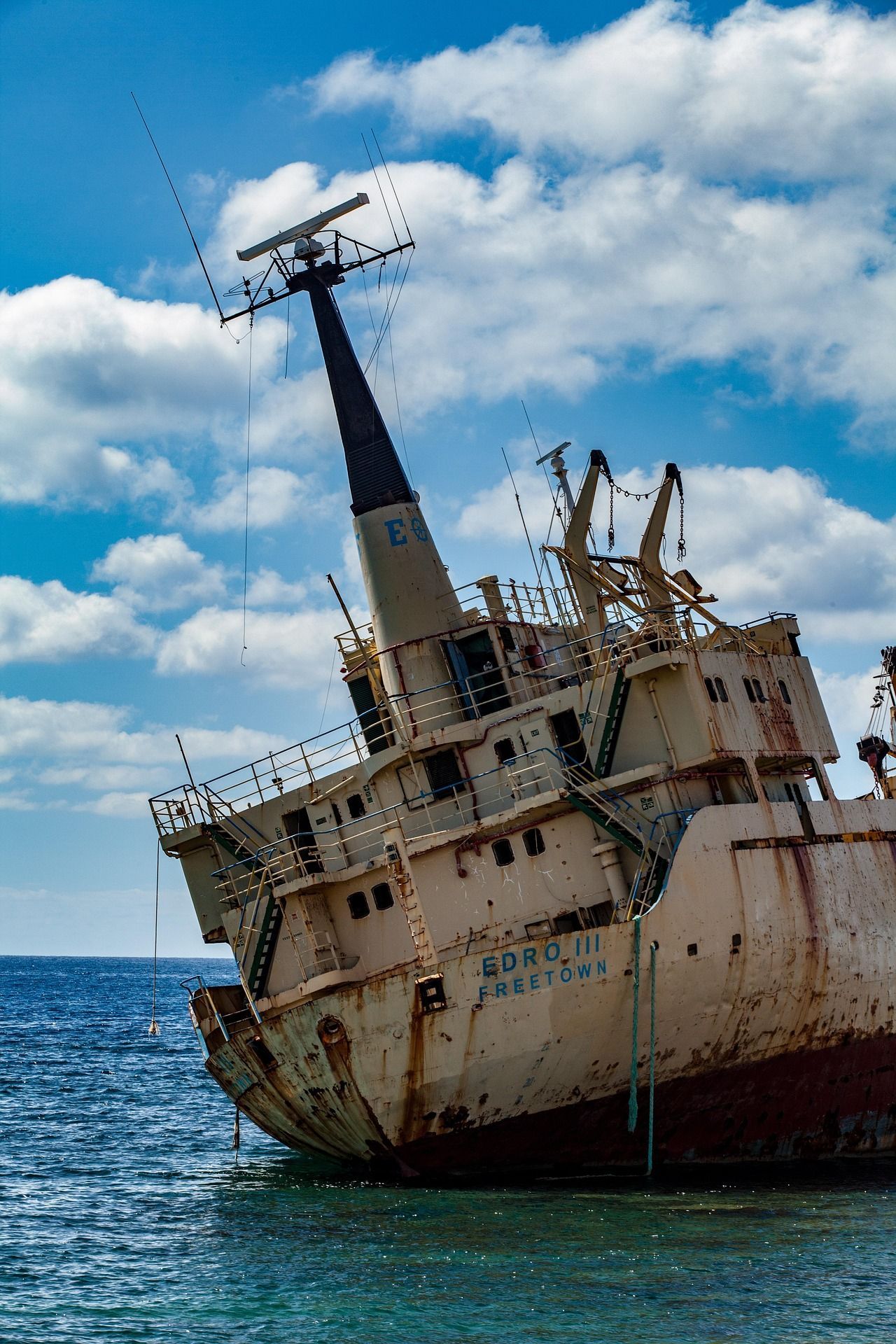
An investment that has not enough or no further return now or at some foreseeable vital point in the future can be named a stranded investment. This will be the case for the fossil fuel industries, and for nuclear power plants. It happens when the market conditions change faster than expected or when new developments are ignored. In this case the money went in the wrong markets. Industrial history has a simple example. As the car industry developed, there were many horses left. Fossil fuel industries and nuclear power plants are dirty and unsustainable. The field of renewable energies and the wide field of Sustainable Development are the new prospering investment opportunities. Investors of any size should turn away from unsustainable investments and technology as soon as possible. To act against human induced further global warming we cannot wait any longer. Fossil fuels and nuclear energy reserves should be left in the ground. 4 possible links: ... ... ...

In a world that gets more heated by the behaviors of humanity, we should have some cool ideas. If we do not have cooler ideas, we should use and make what is already possible, as examples and as far as possible:
• Saving energy, material and natural resources in business and at home
• Changing to certified renewable energy providers
• Producing and storing renewable energy. e.g. with solar electric units on the balcony
• Leave fossil fuels in the ground. Let this long-time dead organic matter rest in peace.
• Plant trees in the surroundings like that in the local original forests or fruit trees from good seeds (i.e. with autochthonous species)
• Reduce, reuse, recycle organic and inorganic waste respectively materials
• Collect rainwater for dry days in smaller and bigger amounts
• Renature wetlands, rivers, mangroves and nature in general
• Provide shelter and homes for wildlife by ecological islands in the landscape
• Use bikes or go by foot or use public transport instead of cars
• Buy or grow ... ... ...

The longest night and the shortest time of possible daylight. For the balance of the living conditions for humanity on planet earth it is time to change, e.g.: Time to get away from fossil fuels like coal, crude oil and natural gas. Time to accelerate the wide use of renewable energies like wind power, solar energy, waterpower, tidal energy etc., near surface and deep geothermal energy. Time to practice sustainability, e.g. in agriculture, forestry and fishing practices.
Time to use material efficient and energy efficient technologies in buildings, transport and industries. Time to enhance democracies, even in developed countries. Time for more democracy. Time to end wars and live in peace. Time to end famines and homelessness.
Time for access to medical care, clean energy and clean cooking technologies for everyone.
Time to enhance ecosystems and biodiversity on land and in the seas. Time to think about tomorrows and what would happen if we do not act in time. From tomorrow on possible daylight time will ...

In comparison to the age of Mother Earth, forests and the development of live on land are rather young. Around 400 million years ago water plants began to conquer the land surface. They learned to accomplish the photosynthesis also on land. Further mutations, natural selection, plant development and nature succession of plant societies followed. Then the first forests had appeared during the Carbon Era circa 300 – 360 million years ago, e.g. with tree ferns, club mosses, big horsetail plants, first conifers, giant dragonflies and other insects, first reptiles, etc. The climate had been warm-wet, and at the end dry. Huge quantities of carbon dioxide had been sequestered and produced living biomass of which the dead leftovers accumulated in sinks, swamps and moors. Over time other sediments had layered above them, while the history of mother earth went on. Stone coal had been created. Millions of years after those events, Humanity began to burn fossil fuels like coal, crude-oil and natural gas in increasing ...

